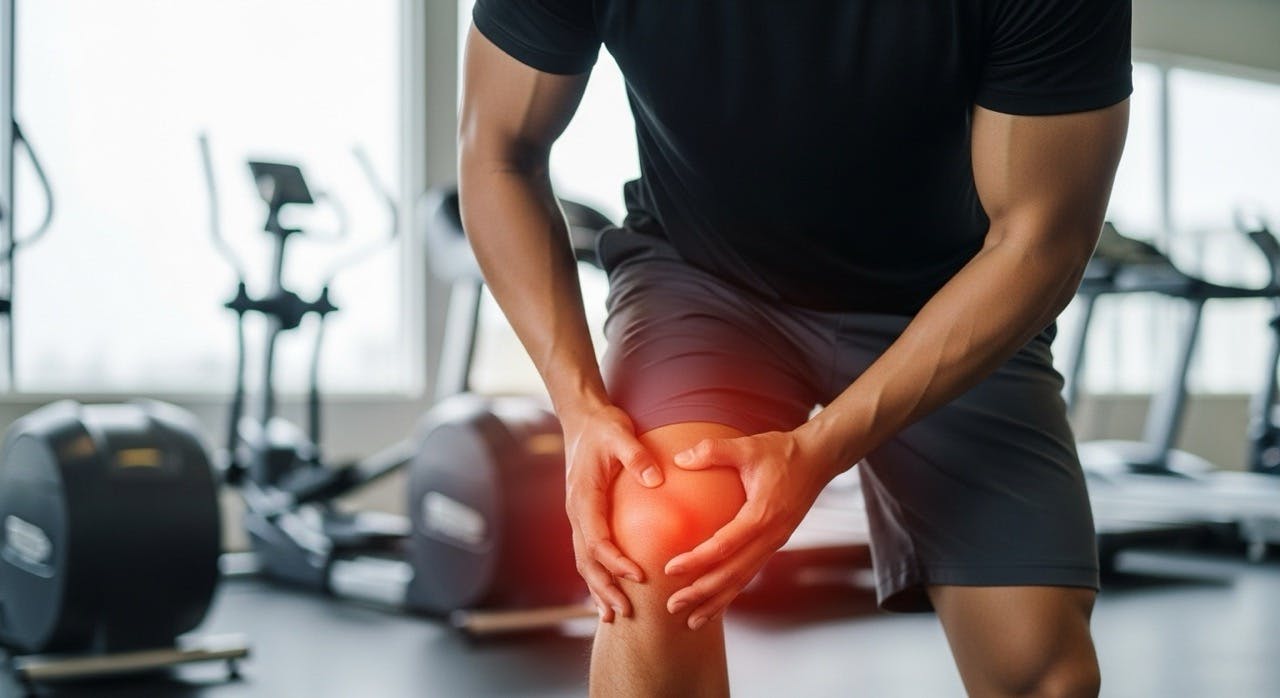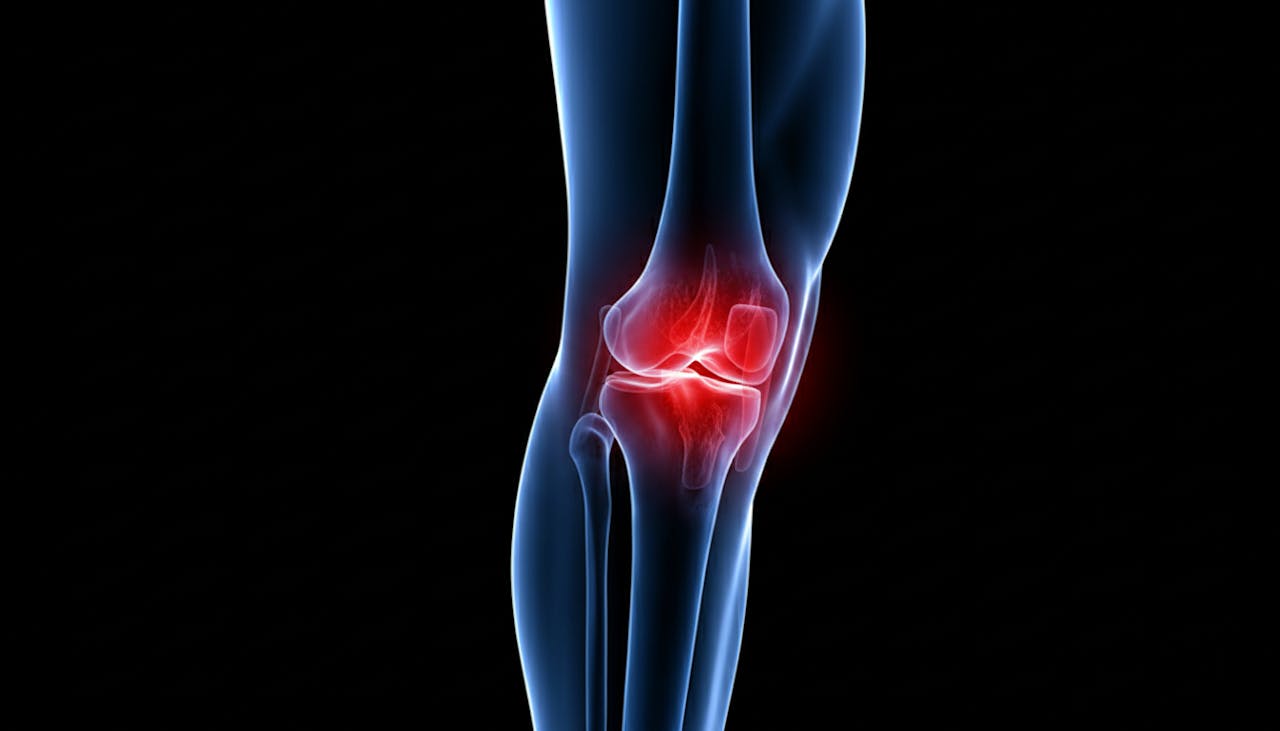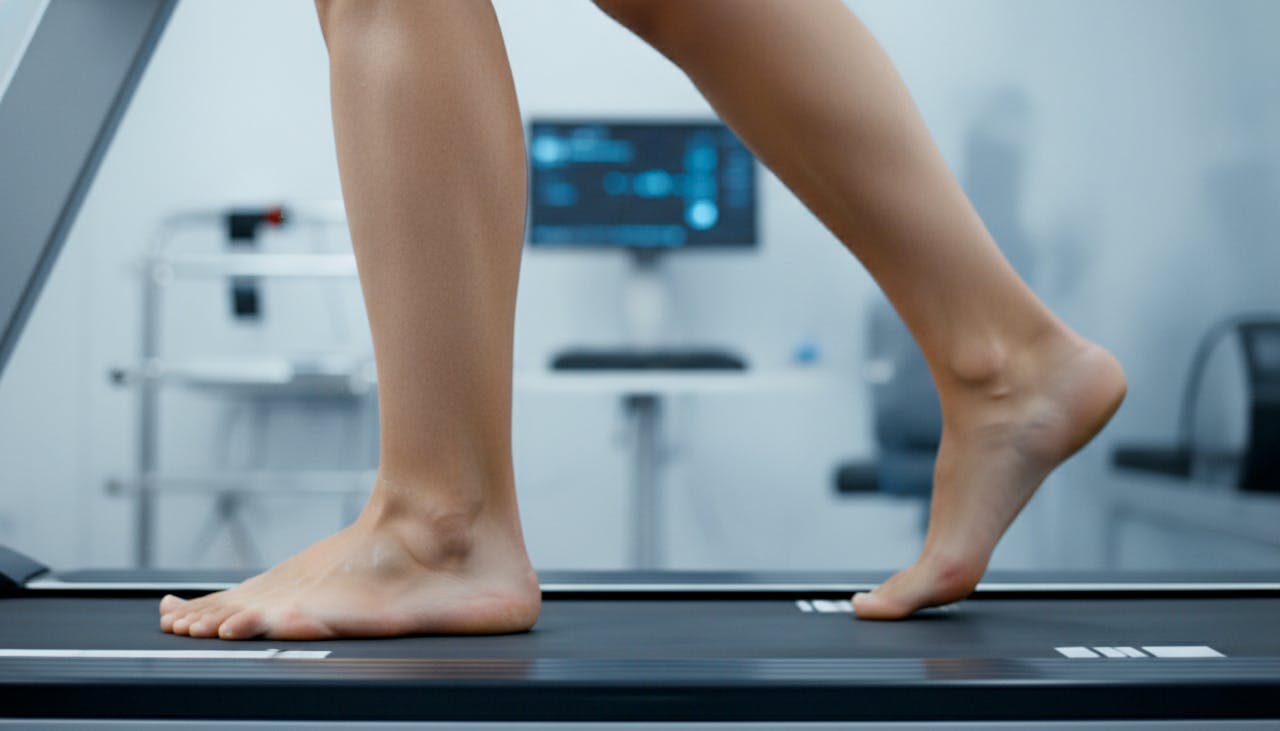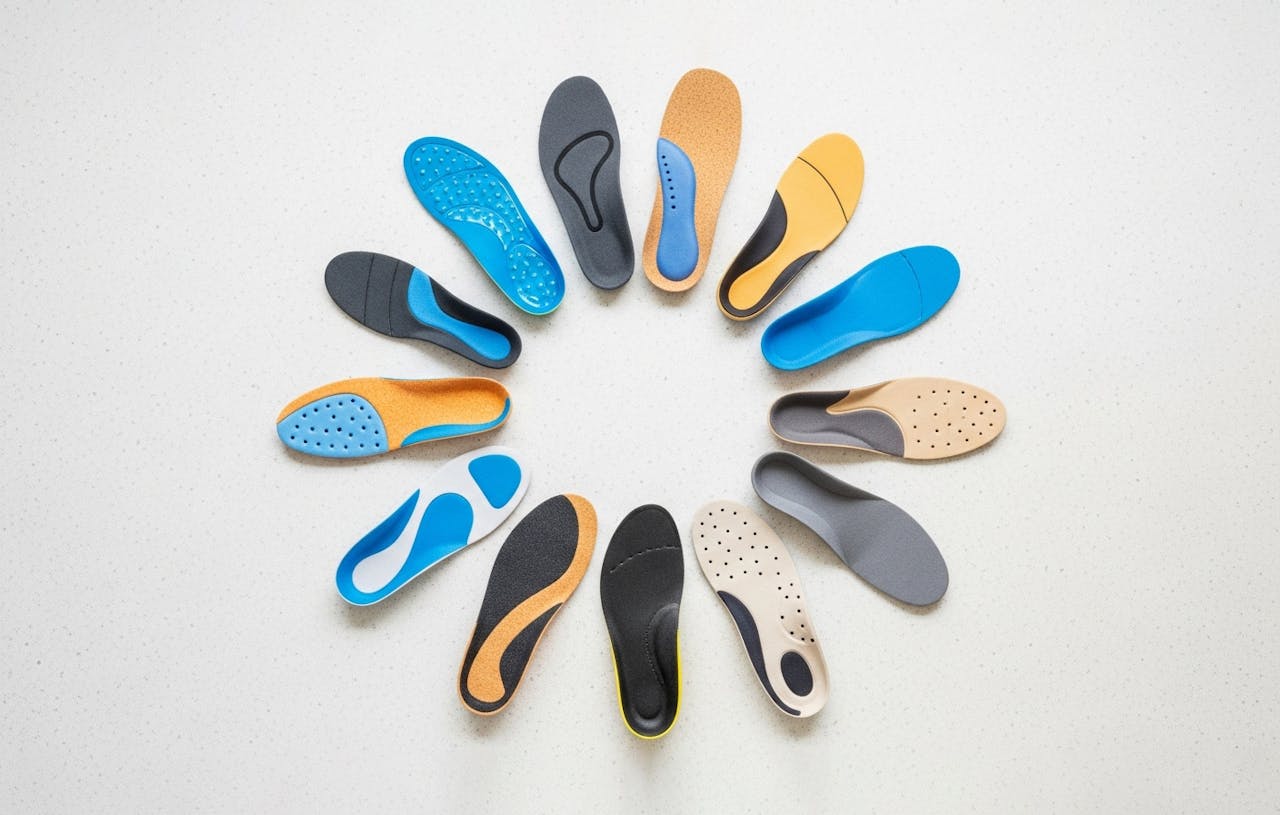
Anterior Cruciate Ligament (ACL) Tear
An Anterior Cruciate Ligament (ACL) tear is a major knee injury that causes immediate severe swelling and instability, often requiring a combination of specialist rehabilitation and sometimes surgery to restore full function.
Overview
What is it?
The Anterior Cruciate Ligament (ACL) is one of the key stabilising ligaments located deep inside the knee joint. It runs diagonally through the middle of the knee, preventing your shin bone (tibia) from sliding too far forward in relation to your thigh bone (femur) and controlling rotational stability. A tear can range from a mild sprain to a complete rupture of the ligament.
How common is it?
ACL tears are among the most common severe knee injuries, particularly prevalent in sports that involve sudden stops, jumping, or changes in direction—such as football, netball, skiing, and tennis.

Symptoms & Causes
What are the symptoms?
The most dramatic symptom at the moment of injury is often an audible "pop" or "crack" from inside the knee. This is usually followed rapidly by intense swelling (often within a few hours) caused by bleeding into the joint. You will likely experience a loss of full range of motion and tenderness along the joint line.
What does it feel like?
Beyond the initial intense pain, the defining sensation of an ACL injury is instability. Patients often report that their knee feels like it will "give way" or buckle under them, especially when trying to turn or pivot.
What causes it?
Most ACL tears are actually non-contact injuries. They frequently occur when an athlete suddenly slows down and changes direction (cutting), pivoting with the foot firmly planted, or landing awkwardly from a jump.
Some health conditions can include:
- Ligament Laxity: Individuals who are generally hypermobile ("double-jointed") may be at higher risk.
- Neuromuscular Imbalance: Weakness in the hamstrings or poor core control can lead to poor landing mechanics that stress the ACL.

How is it Diagnosed?
While Foot Factor is often involved in the rehabilitation and prevention stages, we can perform initial assessments to identify knee instability if you present with undiagnosed knee pain.
What tests are used to diagnose it?
- Physical Examination: We use specific clinical tests such as the Lachman Test and the Anterior Drawer Test to assess how much excess movement exists between your shin and thigh bones.
- Imaging Referral: An MRI scan is essential to confirm a complete ACL tear and, crucially, to check for associated damage to other structures like the meniscus (cartilage) or other ligaments.
Foot Factor provides Expert Podiatry Treatment Tailored to You.
At Foot Factor, our podiatrists specialise in diagnosing and treating foot pain with precision and expertise. With advanced gait analysis, bespoke orthotics, and sports-focused podiatry care, we don’t just identify the problem—we provide a targeted solution to get you back to moving pain-free. Book a consultation today and take the first step toward lasting relief.

How is it Treated?
Treatment decisions depend on the severity of the tear and your activity goals. Not everyone requires surgery, but everyone requires specialist management to regain stability.
- Immediate Care: Managing the acute swelling with RICE (Rest, Ice, Compression, Elevation).
- Surgical vs. Non-Surgical: Active individuals wishing to return to pivoting sports often require surgical reconstruction. Less active individuals may manage well with dedicated physiotherapy.
- The Role of Podiatry & Orthotics: This is vital for both prevention and recovery.
- Preventing 'Valgus Collapse': A major mechanism for ACL tears is the knee collapsing inwards when landing. If you overpronate, your foot mechanics may be driving this inward collapse.
- Custom Orthotics: We can prescribe orthotics to stabilise the foot and prevent this inward rotation of the shin bone. This reduces strain on the ACL during recovery (protecting the graft if you have had surgery) and helps prevent future injury.
- Rehabilitation Programme: Focuses on strengthening the quadriceps and hamstrings to compensate for the lost ligament and retraining your balance (proprioception).
Our Bespoke Orthotics give you the Right Support for Long-Term Relief.
At Foot Factor, our podiatrists specialise in diagnosing and treating foot pain with precision and expertise. With advanced gait analysis, bespoke orthotics, and sports-focused podiatry care, we don’t just identify the problem—we provide a targeted solution to get you back to moving pain-free. Book a consultation today and take the first step toward lasting relief.
Related Articles
Find expert tips, advice, and insights to support your foot health and active lifestyle.


